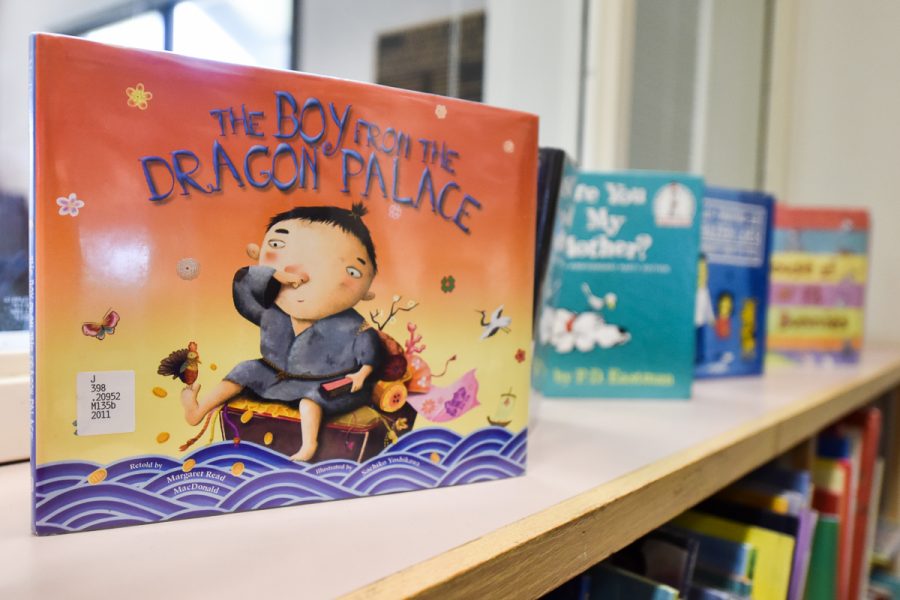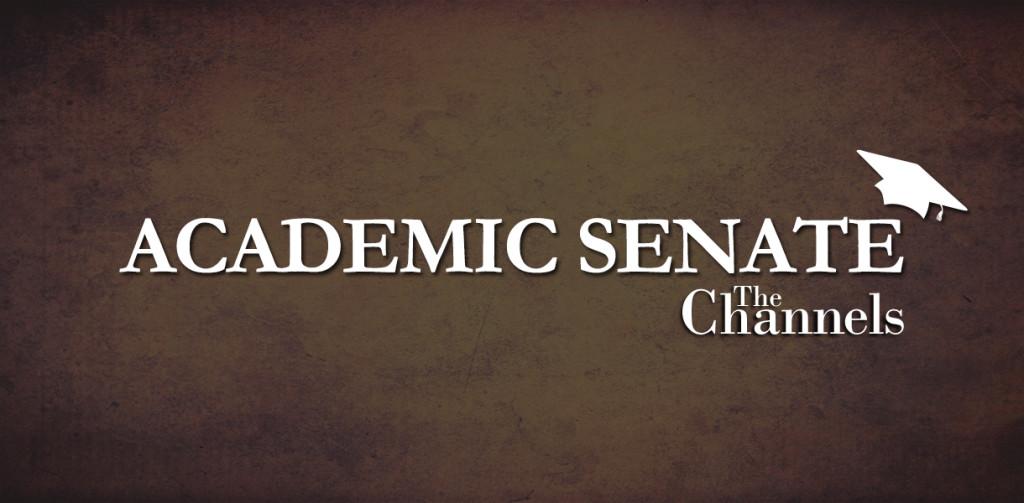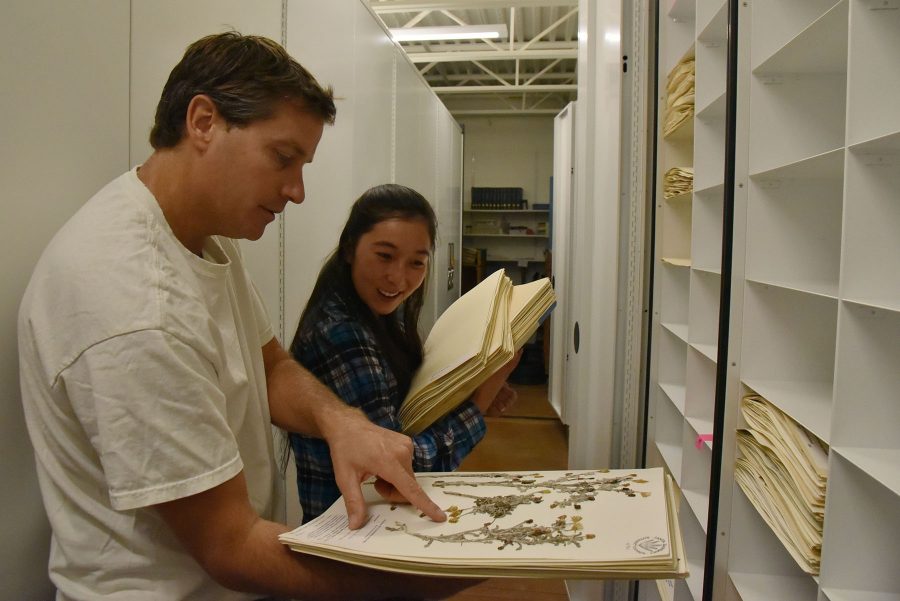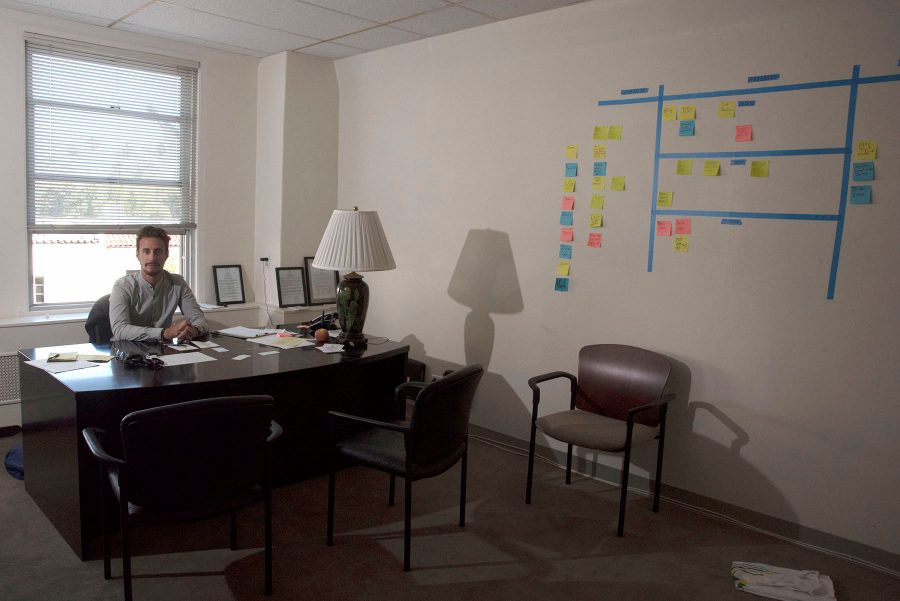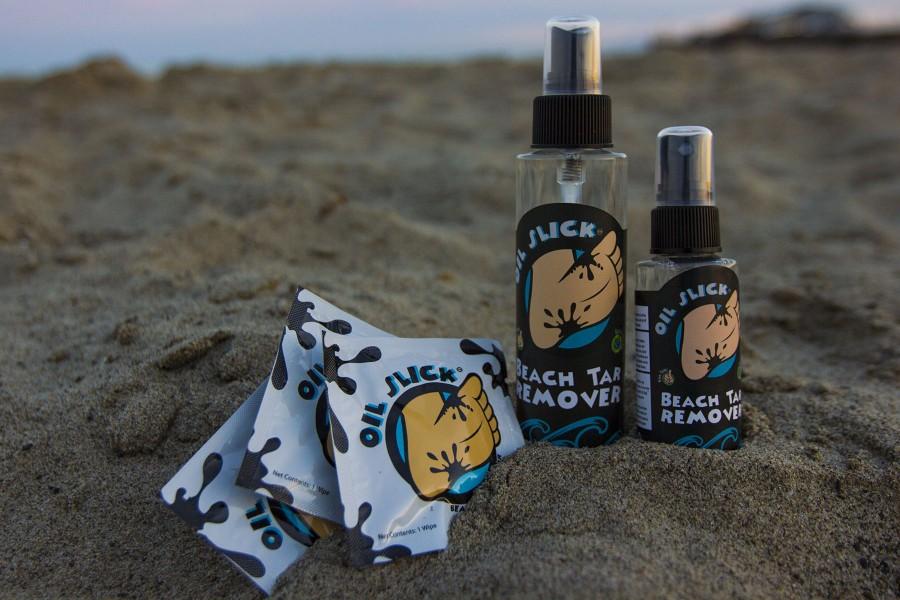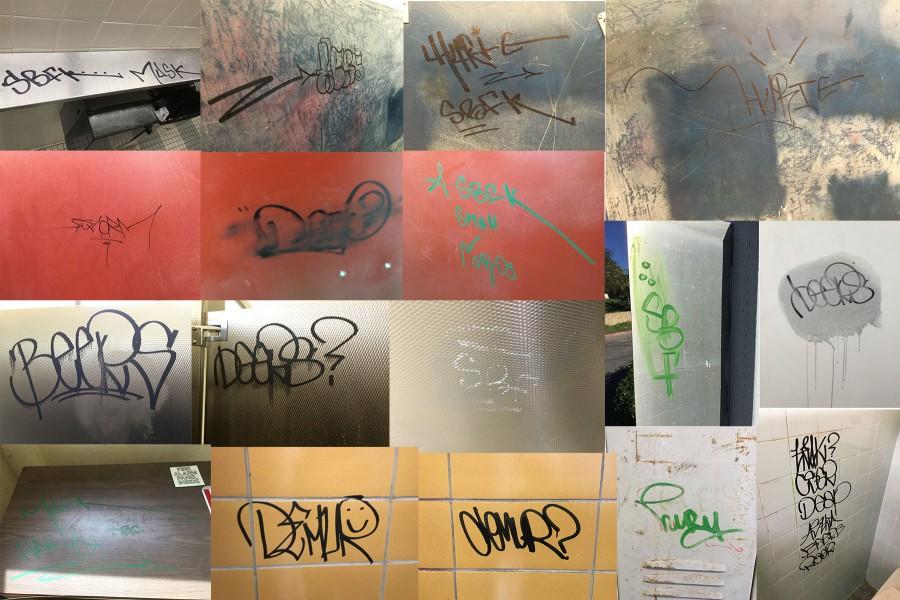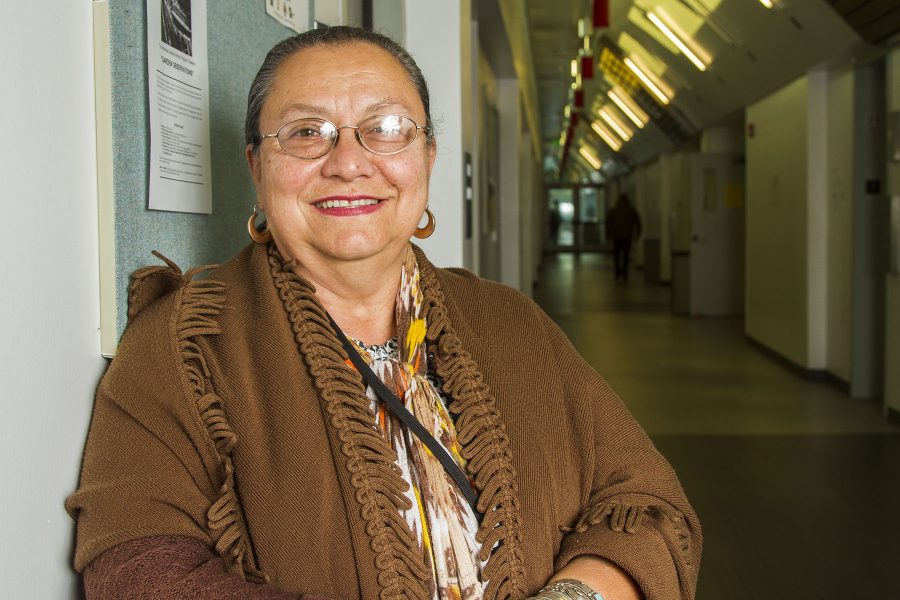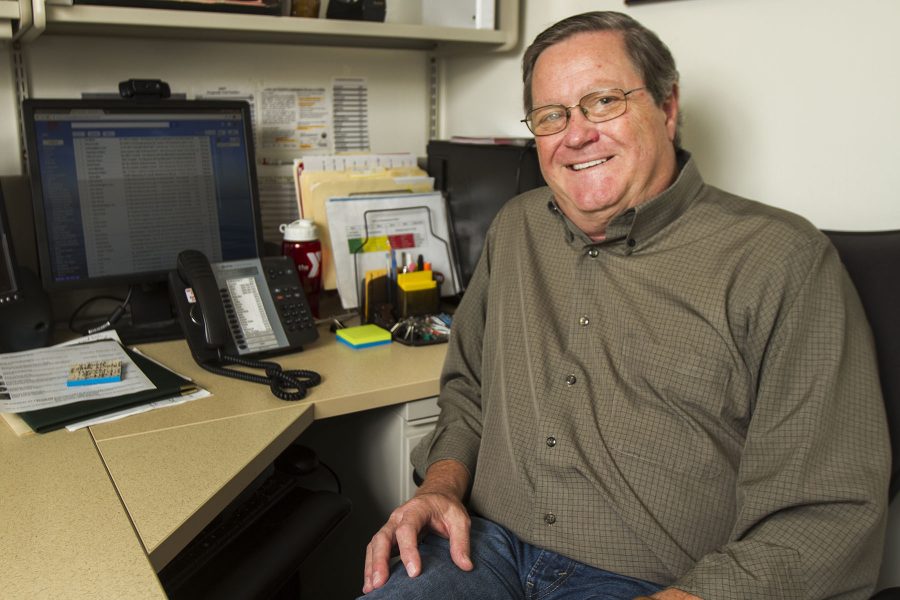They wake up each morning, pack their scuba gear, and arrive on campus at 7 a.m. ready for whatever tanks or pier they will—literally—dive into or from that day.
Nicole Hoffman, 26, and Sam Hodges, 22, are graduating from the only Marine Diving Technology program offered at a community college in the nation.
“Anything [a commercial diver] can do underwater, we can do it,” Hoffman said.
Hoffman and Hodges are the only two females out of 52 students enrolled in the male-dominant program.
“If one of them throws a jab, I throw one right back,” Hodges said. “You just have to be open minded.”
Both Hodges and Hoffman were intrigued by the concept of working in the outdoors and by the beach.
Hoffman is originally from Roseville, Calif., and moved to Santa Barbara at the beginning of Fall 2011. After her commencement in May, she said she hopes to move to the East Coast and work on inland bridges and water towers with her certificate earned from City College.
Hodges hopes to move to Florida, Hawaii, or Louisiana after graduation to become a maintenance technician for man-submersible submarines.
“I wanted a job that had three things: the outdoors, traveling, and language,” Hodges said. “I knew it was going to be hard to find all three, and finding a balance was pretty difficult.”
Hodges was raised in Bishop, Calif., and brought to Santa Barbara by “spontaneous events.” After changing her emphasis in school three times, she’s happy with the experience the program has given her.
“There aren’t any ‘usual’ days,” Hodges said. “Each class has it’s own aspect that I find enjoyable.”
The program is fully accredited by both the National Association of Underwater Instructors and the Association of Commercial Diving Educators.
It utilizes three separate diving tank labs located on campus below the pedestrian bridge. These tanks are used to educate the students in the art of underwater construction.
With the long list of activities and lectures that the students have conquered in the yearlong program, both ladies agreed—without question—that underwater wielding is their favorite activity.
“They figured out how to make fire underwater,” Hodges said. “It’s really awesome.”
Aside from underwater welding, the students have learned to pour concrete for building structures underwater, create blueprints of pier structures, and have begun mastering the basics of building bridges.
Neither of the female divers seemed bothered by the gender minority they play in the program.
“Ladies can do as well, if not better than the boys,” said Geoff Thielst, chair and director of the program. “They have to work a little harder.”
Thielst explained that women are still considered pioneers in the industry and that most do not fall far behind the men.
“People come into the program with many diverse experiences and points of view,” Theilst said. “We provide the knowledge, and blend it all together and make it our own—we’re a big family.”
“It will be hard to say goodbye,” Thielst said. “All of my classes take on different personalities and traits—some are good, some are not so good. This year’s group is one of the best I have had in 14 years…maybe even the best.”
Editor’s Note: This article was originally published May 9, 2012.



